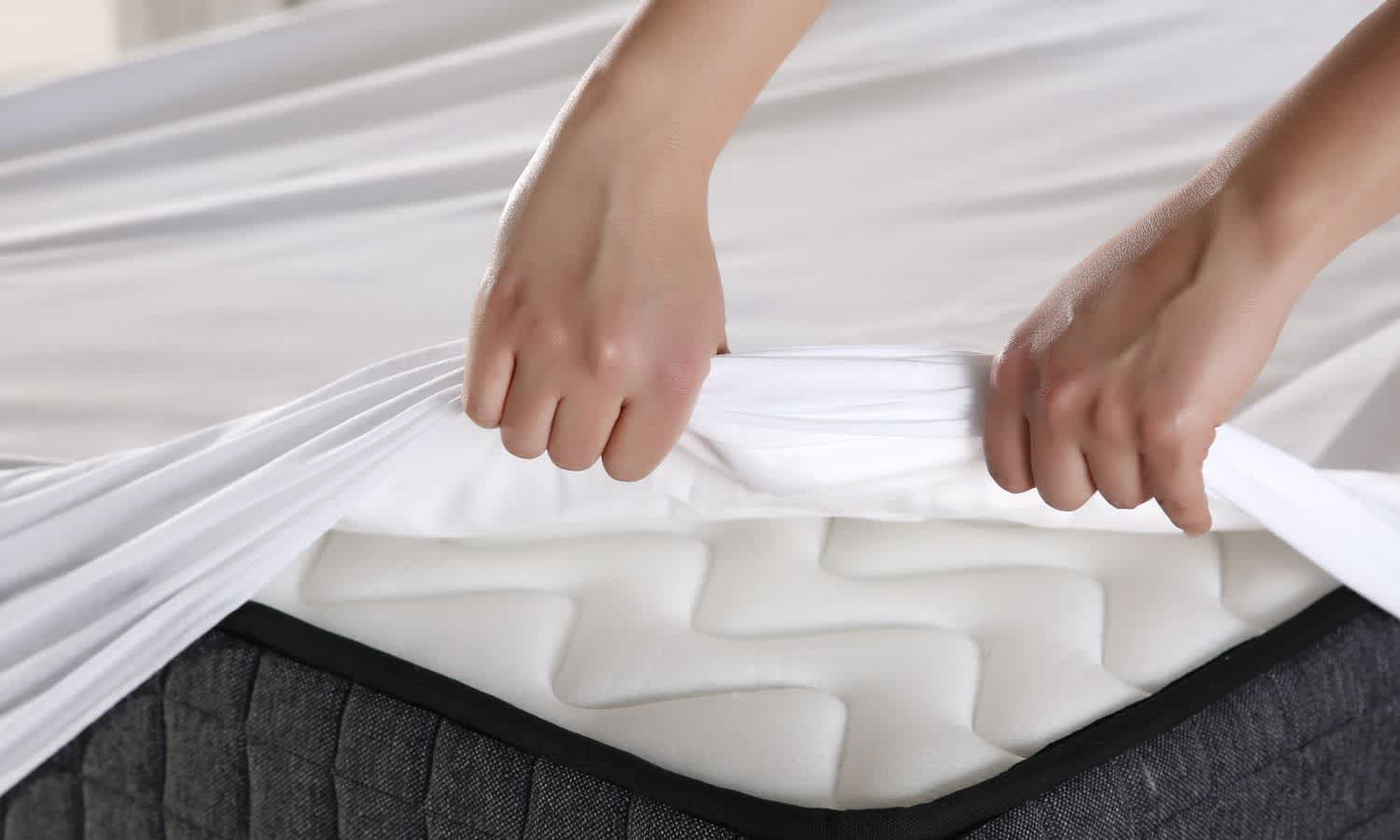

Articles
How To Use A Flat Sheet As A Fitted Sheet
Modified: December 7, 2023
Learn how to repurpose a flat sheet as a fitted sheet with our helpful articles. Discover step-by-step guides and expert tips to transform your bedding.
(Many of the links in this article redirect to a specific reviewed product. Your purchase of these products through affiliate links helps to generate commission for Storables.com, at no extra cost. Learn more)
Introduction
When it comes to bedding, one of the most essential components is the fitted sheet. It provides a snug and secure fit on the mattress, ensuring a comfortable sleeping environment. However, there may be instances when you find yourself without a fitted sheet but have a flat sheet at hand. Don’t worry, you can easily transform a flat sheet into a makeshift fitted sheet with a few simple steps. In this article, we will guide you on how to use a flat sheet as a fitted sheet, allowing you to make the most of what you have available.
Whether you’re dealing with a last-minute sleepover, running short on clean fitted sheets, or simply wanting to repurpose a flat sheet for convenience, this technique can come in handy. While it may not offer the exact snugness of a regular fitted sheet, it can still provide a decent alternative in a pinch.
By following the step-by-step instructions below, you’ll be able to convert a flat sheet into a makeshift fitted sheet with ease. So let’s get started!
Key Takeaways:
- Transform a flat sheet into a makeshift fitted sheet by following simple steps, providing a practical and comfortable bedding solution in times of need.
- With some creativity and basic supplies, you can repurpose a flat sheet to mimic the functionality of a fitted sheet, ensuring a snug and secure sleep surface.
Read more: How To Use Flat Sheet Into A Fitted Sheet
Step 1: Preparing the Flat Sheet
The first step in using a flat sheet as a fitted sheet is to ensure that the sheet is clean and wrinkle-free. Start by washing and thoroughly drying the flat sheet to remove any dirt or debris. Once dry, carefully iron the sheet to remove any wrinkles, as these can make it difficult to achieve a smooth fit on the mattress.
Next, lay the sheet out on a large, flat surface, such as a table or the floor, with the right side facing down. Smooth out any remaining wrinkles or creases to ensure an even surface.
Now, it’s time to gather the necessary supplies for transforming the flat sheet into a makeshift fitted sheet. You’ll need elastic bands, scissors, and safety pins. The elastic bands will provide the necessary tension to hold the sheet in place, while the scissors and safety pins will help make adjustments as needed.
Ensure that the elastic bands you choose are wide and sturdy enough to hold the sheet securely on the corners of the mattress.
With the sheet prepared and the supplies at hand, you’re ready to move on to the next step: measuring and cutting.
Step 2: Measuring and Cutting
Before attaching the elastic bands, you’ll need to measure and cut the flat sheet to fit your mattress properly. Begin by measuring the length and width of your mattress using a tape measure or ruler. Take note of these measurements, as they will guide you in cutting the sheet to the correct size.
Once you have the measurements, lay the flat sheet back on the flat surface. Determine the width and length of the fitted sheet you want to create, keeping in mind that it should be slightly larger than the mattress to allow for a secure fit.
Using the measurements as a guide, mark the desired width and length of the fitted sheet on the flat sheet, making sure to leave extra fabric for tucking under the mattress. You can use fabric chalk, a pencil, or safety pins to mark the measurements on the sheet.
Now, carefully cut along the marked lines using a sharp pair of scissors. Take your time and make precise cuts to ensure clean edges. Remember to cut on the outside of the marked lines to allow for the additional fabric needed for tucking.
Once the sheet is cut to size, you’re ready to move on to the next step: adding elastic bands to the corners.
Step 3: Adding Elastic Bands to the Corners
Adding elastic bands to the corners of the flat sheet is crucial for creating a snug and secure fit on the mattress. This step will provide the necessary tension to keep the sheet in place during use and prevent it from slipping off.
Begin by folding one corner of the sheet to create a triangular shape. Take one of the elastic bands and wrap it around the folded corner, making sure it is positioned near the edges and securely fastened. You can use safety pins to hold the elastic band in place if needed.
Repeat this process for the remaining three corners of the sheet, folding each corner and securing the elastic bands tightly. Make sure that the elastic bands are evenly spaced and that they provide enough tension to hold the sheet securely in place without causing any discomfort when lying on the mattress.
Once all the elastic bands are attached, give the sheet a gentle tug to test its secureness. Adjust the tension of the elastic bands if needed, making sure they provide a snug fit without being too tight.
Adding elastic bands to the corners is an effective way to mimic the fitted sheet’s function and prevent the corners of the flat sheet from coming loose while you sleep. With this step complete, you’re ready to move on to securing the sheet to the mattress.
If you want to use a flat sheet as a fitted sheet, tuck the corners under the mattress tightly and use sheet straps or suspenders to hold it in place. This will help keep the sheet from slipping off during the night.
Step 4: Securing the Sheet to the Mattress
With the elastic bands in place, it’s time to secure the sheet to the mattress. Start by lifting one side of the mattress and sliding the corresponding corner of the fitted sheet onto it. Make sure the elastic band wraps tightly around the corner of the mattress, securing the sheet in place.
Repeat this process for the remaining three corners, ensuring that each corner of the sheet is properly fitted on the mattress. Adjust the tension of the elastic bands as needed to create a snug and secure fit.
Once the corners are secured, move around the mattress and double-check that the sheet is evenly spread and properly aligned. Smooth out any wrinkles or creases that may have formed during the process to create a neat and tidy appearance.
Take a moment to tug and pull on the sheet lightly to ensure it is securely fitted and won’t come loose during use. If any adjustments or tightening of the elastic bands are necessary, do so at this stage to achieve the desired level of snugness.
With the sheet securely attached to the mattress, you’re almost done. The final step involves adjusting and tucking in any excess fabric to create a clean and polished look.
Keep in mind that using a flat sheet as a fitted sheet may not provide the same tightness and stability as a dedicated fitted sheet. However, with proper adjustments and care, it can still offer a comfortable sleeping surface and keep the sheet in place throughout the night.
Read more: How To Turn A Flat Sheet Into A Fitted Sheet
Step 5: Adjusting and Tucking in the Excess Fabric
After securing the sheet to the mattress, you may notice that there is excess fabric along the edges. This is completely normal when using a flat sheet as a makeshift fitted sheet. In this final step, we will guide you on how to adjust and tuck in the excess fabric for a clean and tidy appearance.
Start by standing at one side of the bed. Lift the excess fabric along the edge of the mattress and fold it under, creating a neat and tight tuck. Use your hands to smooth out any wrinkles or creases in the fabric as you fold it under.
Continue this process along each side of the mattress, ensuring that the excess fabric is tucked in securely. Take extra care at the corners to ensure they are neatly tucked in and don’t come undone during use.
Once the excess fabric is tucked in along all sides of the mattress, take a step back and assess the appearance. Smooth out any remaining wrinkles or folds in the fabric for a polished and well-fitted look.
Now, it’s time to make any final adjustments. Check the entire sheet to ensure that it is properly aligned and evenly spread across the mattress. Tug lightly on the fabric to test its security and retuck any areas that may have come loose.
With the excess fabric adjusted and tucked in, your flat sheet turned makeshift fitted sheet is ready to provide you with a comfortable and restful night’s sleep.
Remember that using a flat sheet as a fitted sheet is a temporary solution and may not offer the same level of snugness and stability as a regular fitted sheet. Nevertheless, it can be a practical and convenient option when you find yourself without a fitted sheet.
By following these five simple steps, you can transform a flat sheet into a makeshift fitted sheet, ensuring a comfortable sleep surface even without the correct bedding on hand.
Conclusion
Using a flat sheet as a fitted sheet is a handy solution when you find yourself without the proper bedding. With a few simple steps and some basic supplies, you can transform a flat sheet into a makeshift fitted sheet, providing a comfortable and secure sleep surface.
Throughout this article, we’ve outlined the step-by-step process, from preparing the flat sheet and measuring it to adding elastic bands to the corners, securing the sheet to the mattress, and adjusting the excess fabric. Each step plays a crucial role in creating a snug and well-fitted sheet that mimics the functionality of a dedicated fitted sheet.
While it’s important to note that using a flat sheet as a fitted sheet may not provide the same level of tightness and stability, it can still serve as a practical alternative in times of need. Whether you’re hosting unexpected guests, running low on clean fitted sheets, or simply looking for a temporary solution, this technique can come in handy.
Remember to choose wide and sturdy elastic bands, and make sure the sheet is properly aligned and tucked in to provide a comfortable sleep experience. Take the time to adjust the tension of the elastic bands and smooth out any wrinkles or creases to create a clean and polished look.
Using your creativity and ingenuity, you can turn a flat sheet into a makeshift fitted sheet, saving you time and hassle in finding a proper replacement. It’s a practical solution that allows you to make the most of what you have available.
So, the next time you find yourself without a fitted sheet, don’t panic. Simply follow the steps outlined in this article and transform your flat sheet into a functional and comfortable bedding option.
Now that you have mastered the art of using a flat sheet as a fitted sheet, you can rest easy knowing that you have the knowledge and skills to create a temporary bedding solution whenever the need arises. Sweet dreams!
Frequently Asked Questions about How To Use A Flat Sheet As A Fitted Sheet
Was this page helpful?
At Storables.com, we guarantee accurate and reliable information. Our content, validated by Expert Board Contributors, is crafted following stringent Editorial Policies. We're committed to providing you with well-researched, expert-backed insights for all your informational needs.
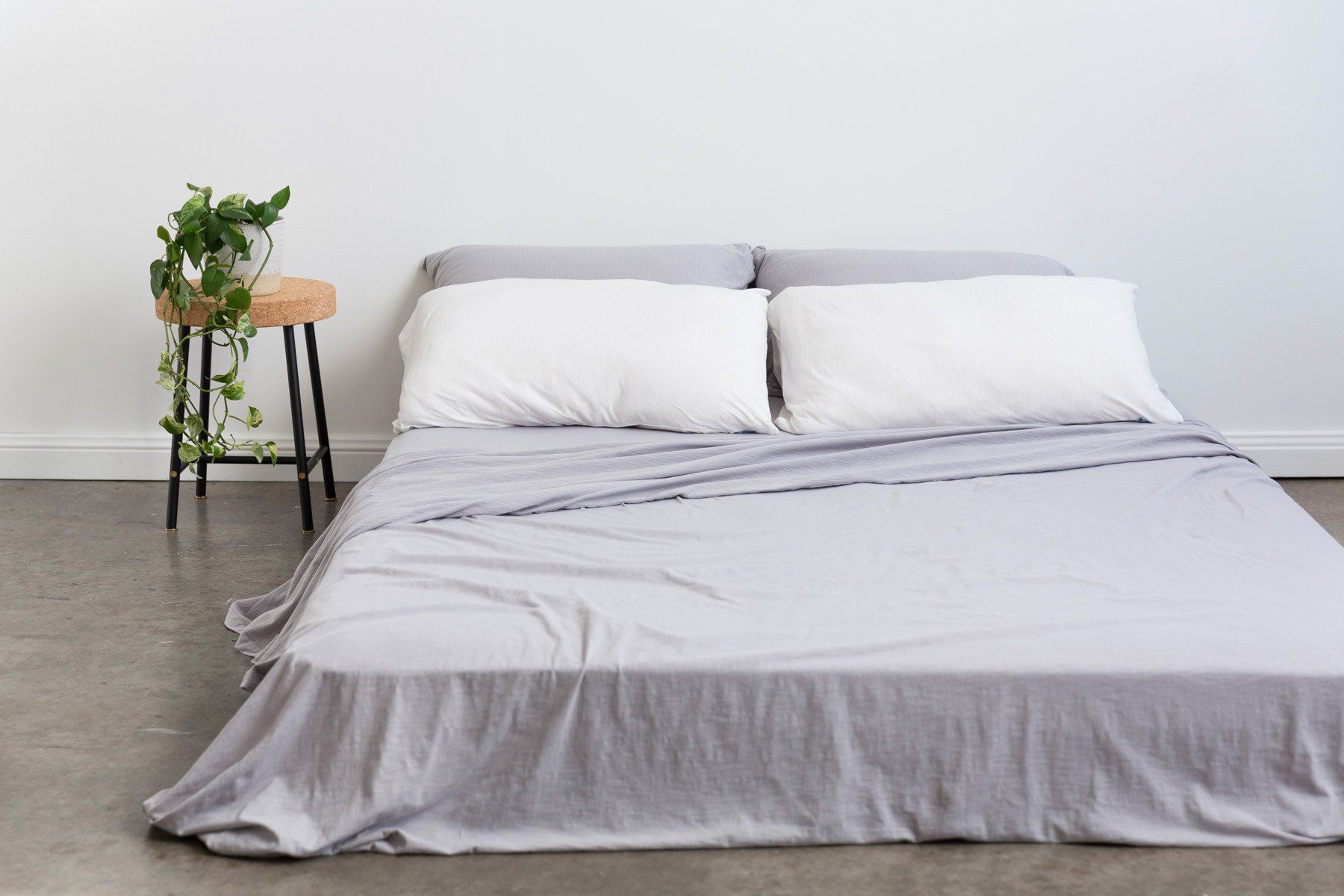
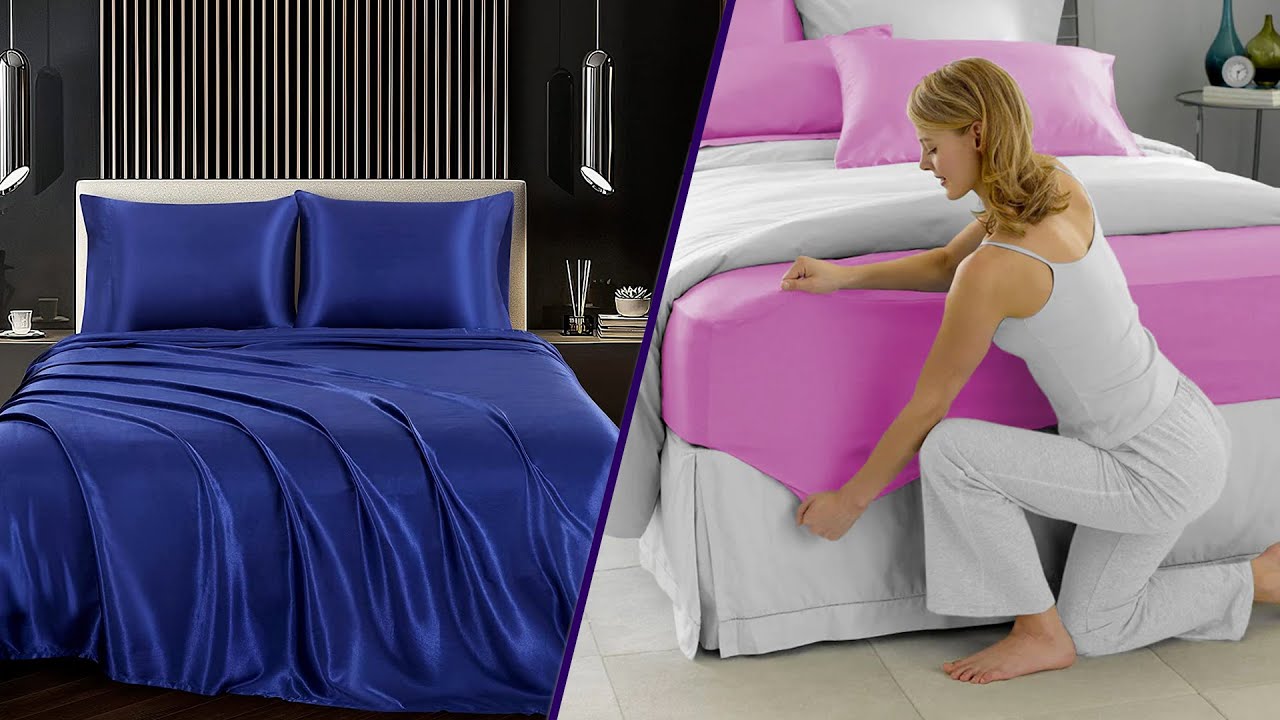
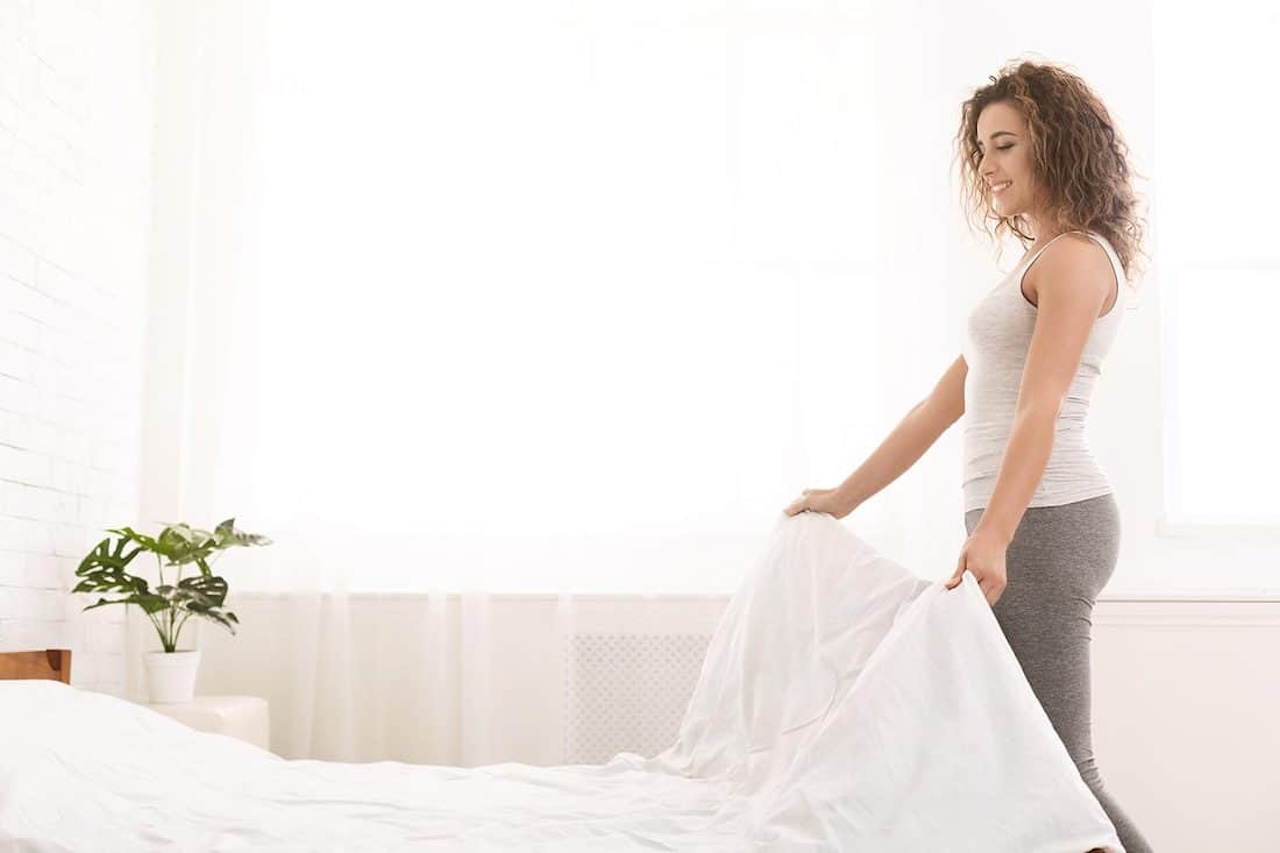
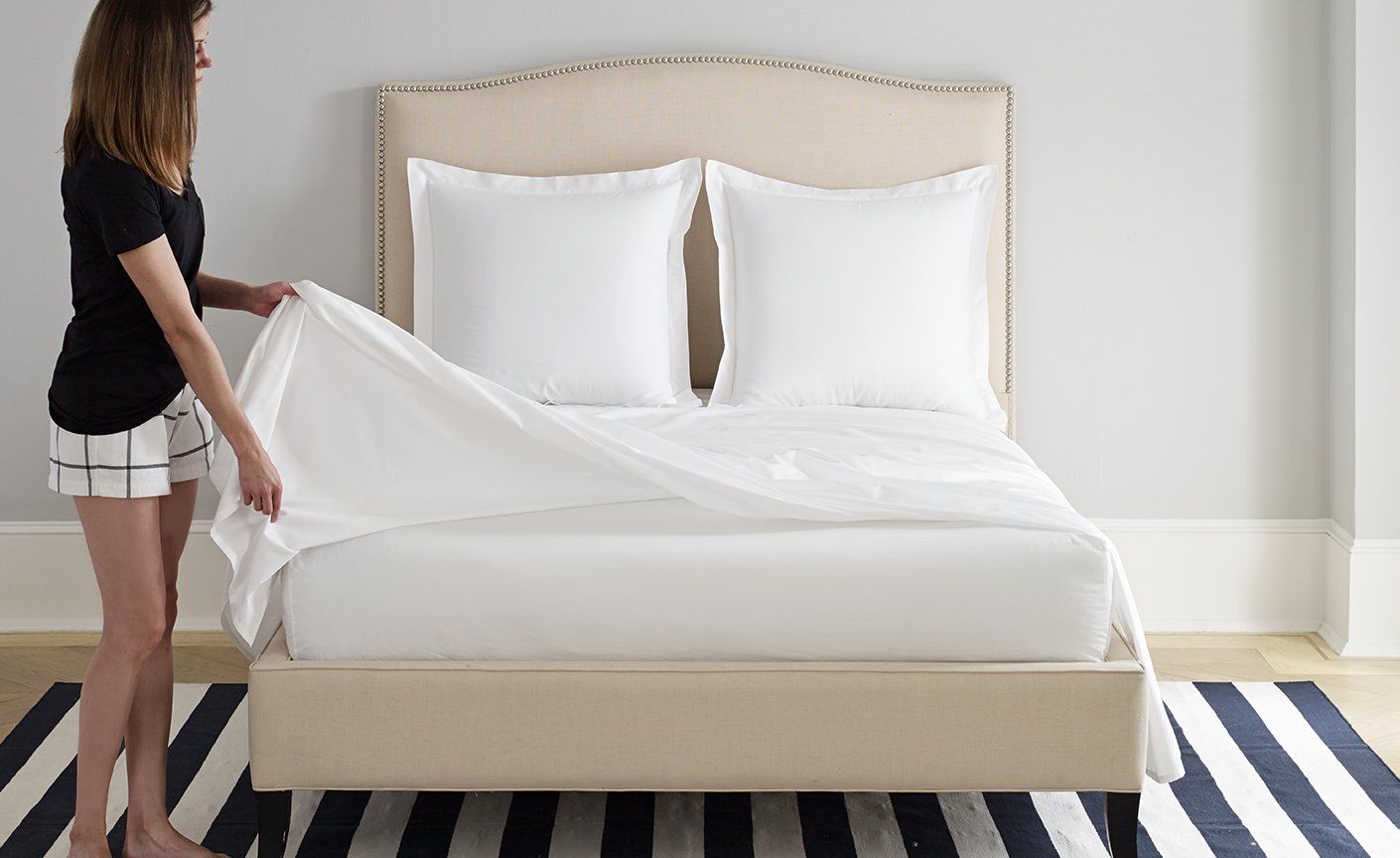
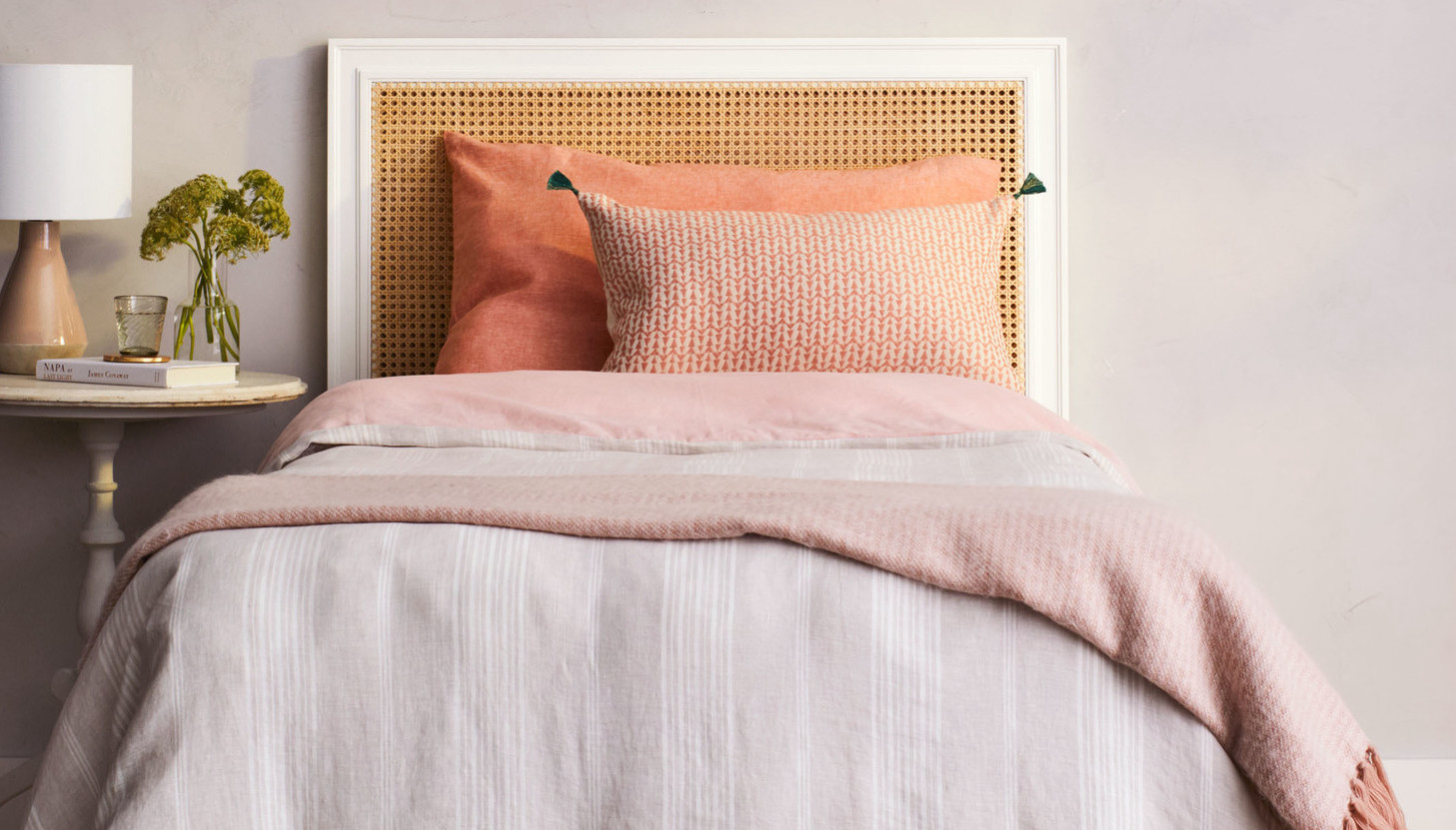
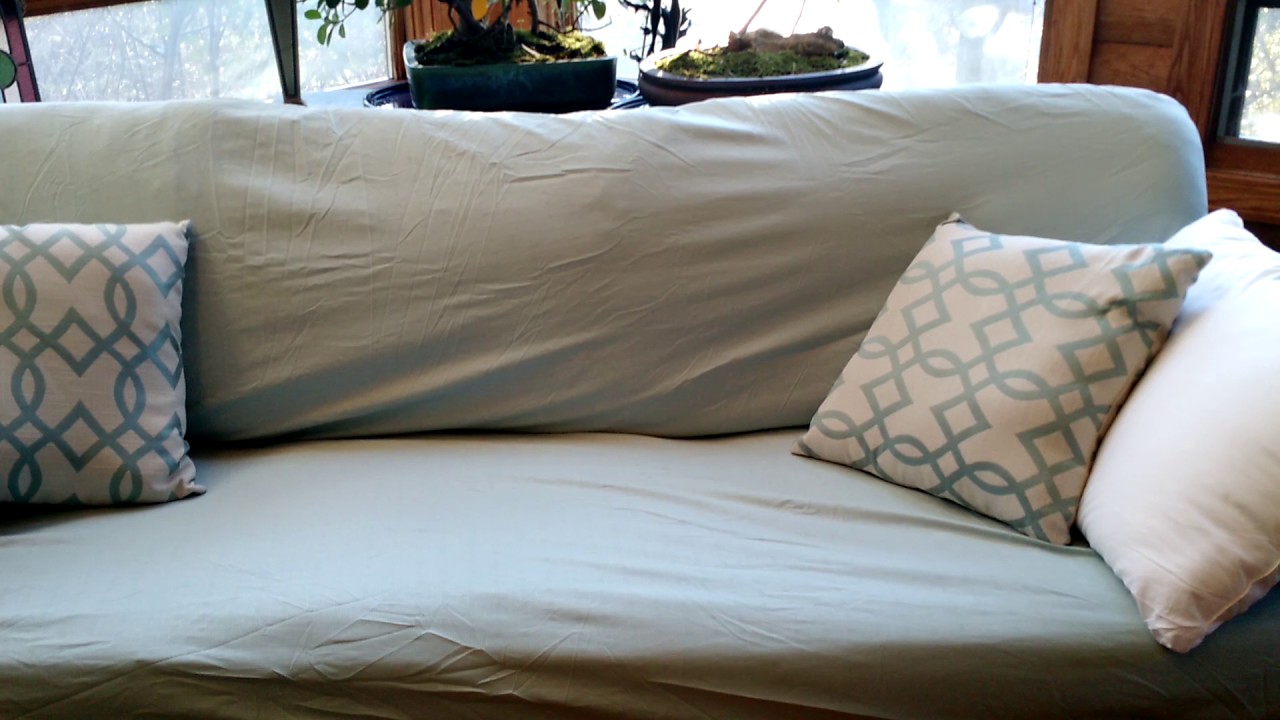
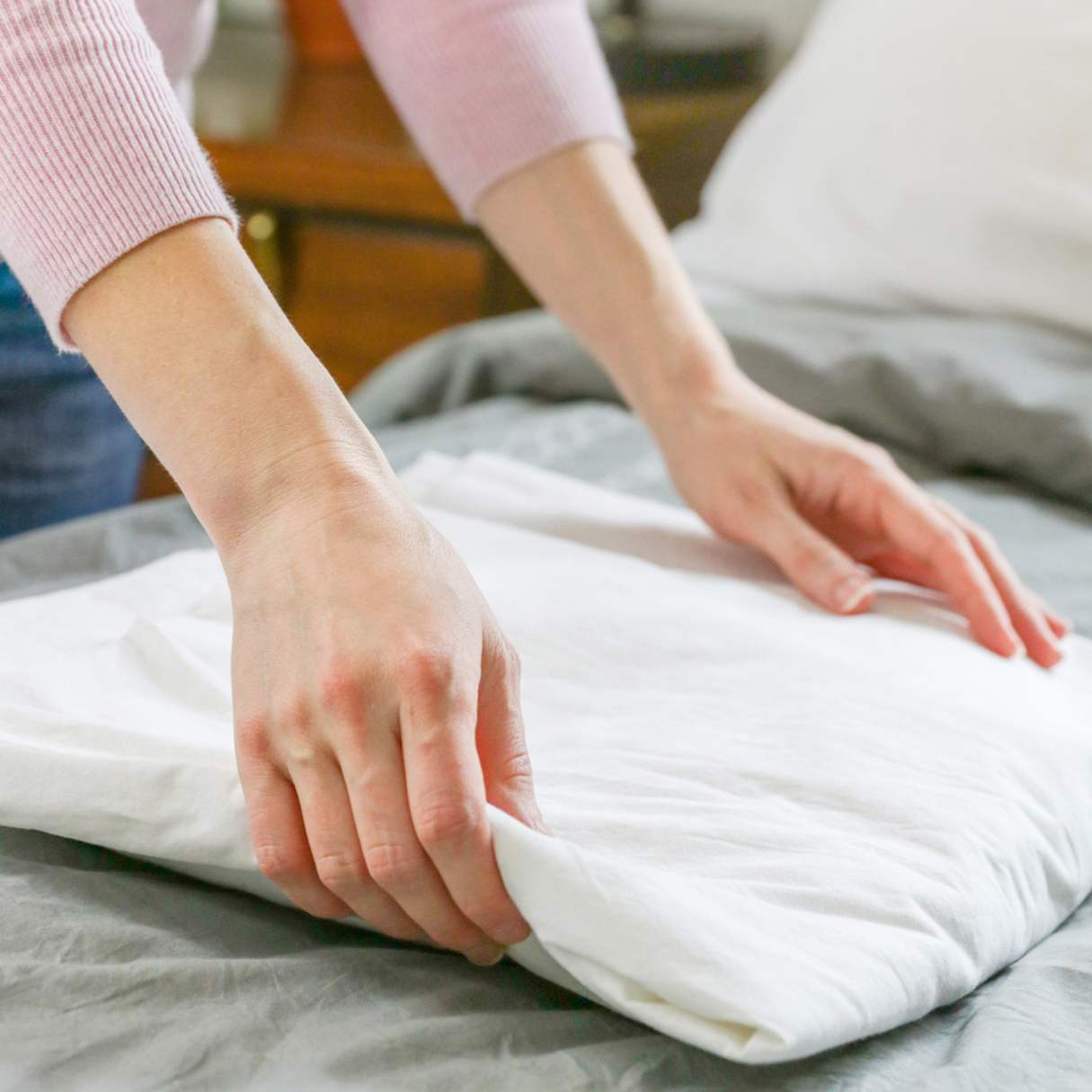
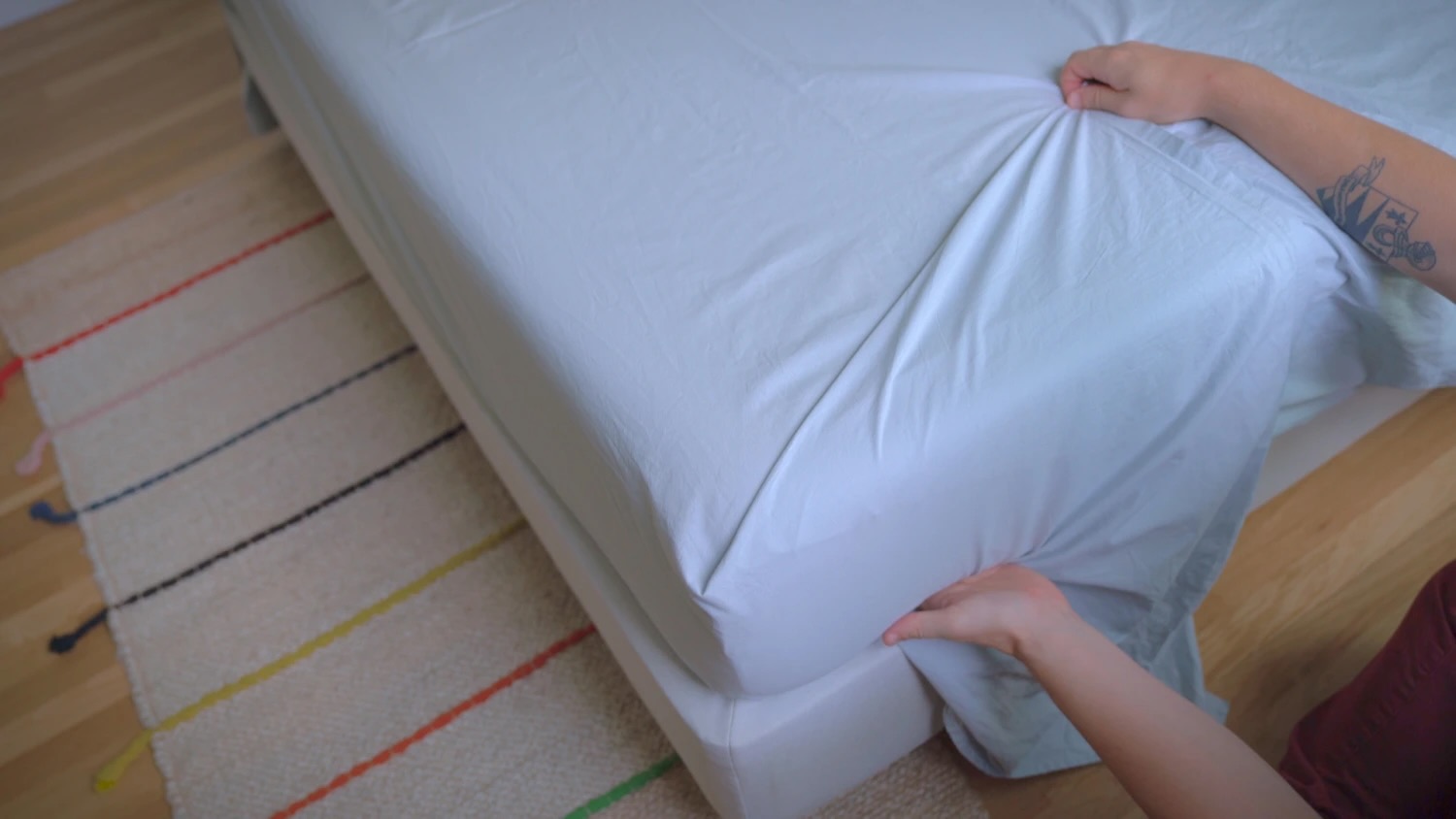
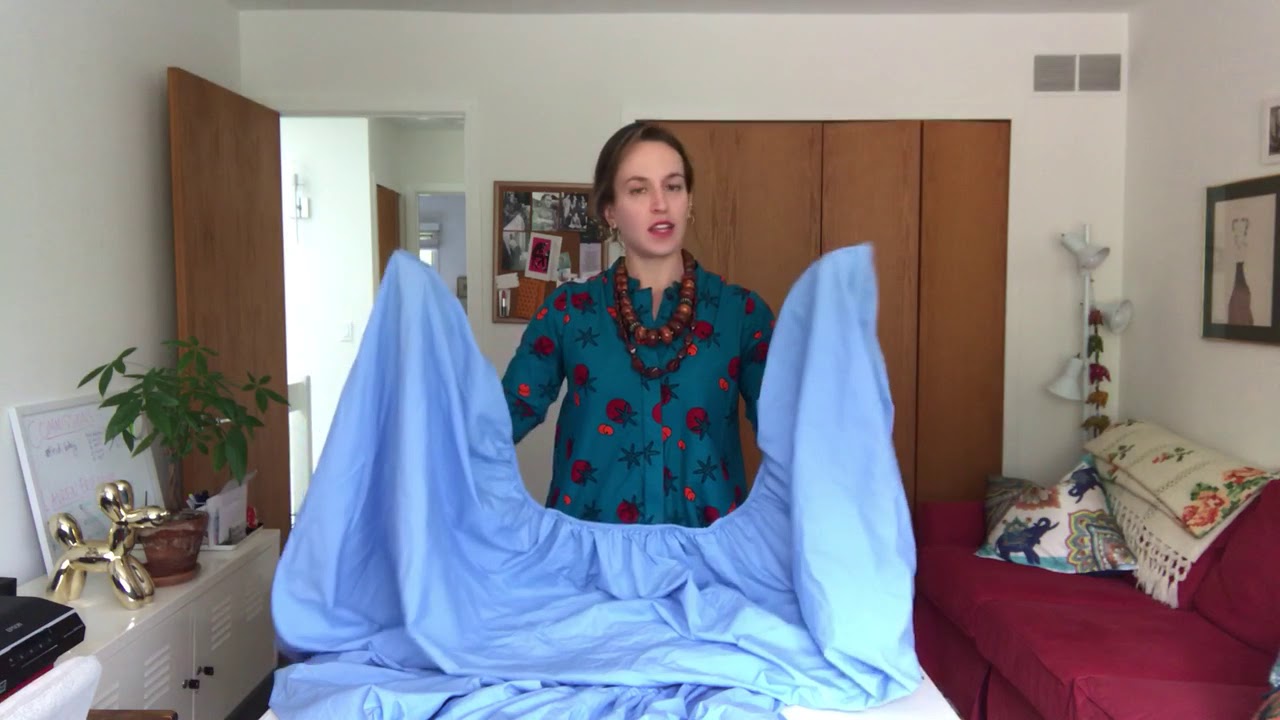
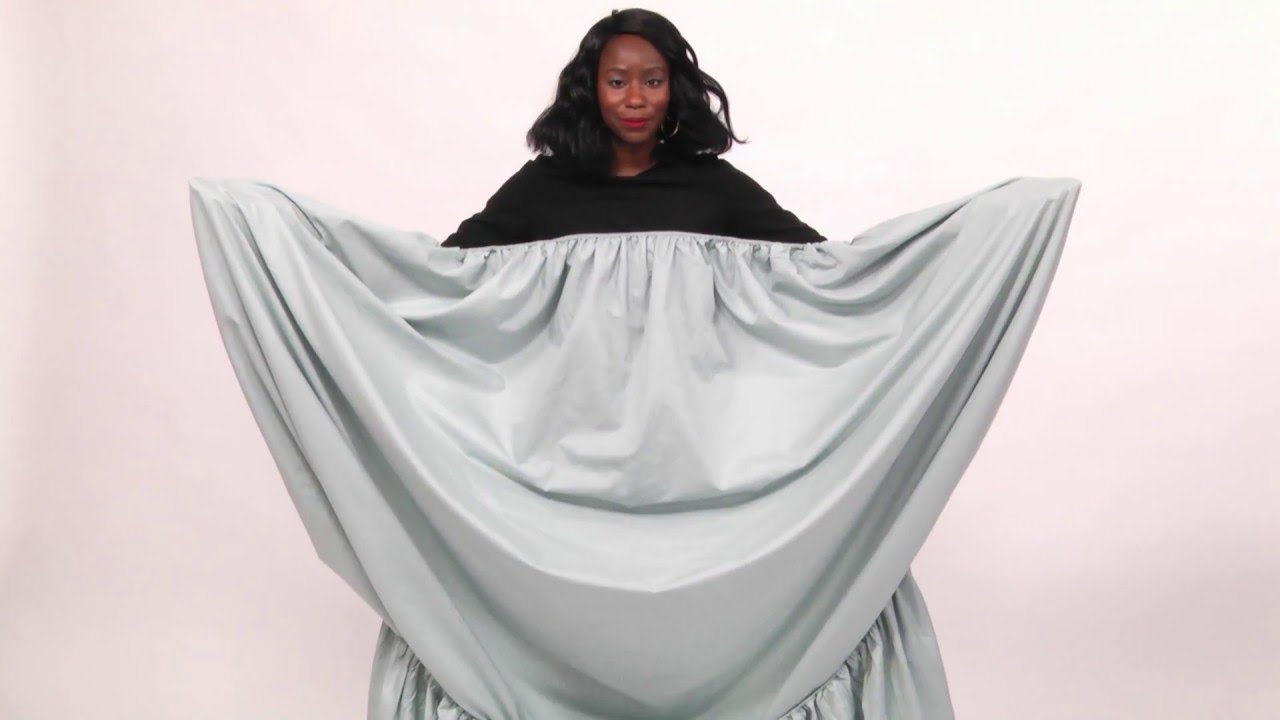
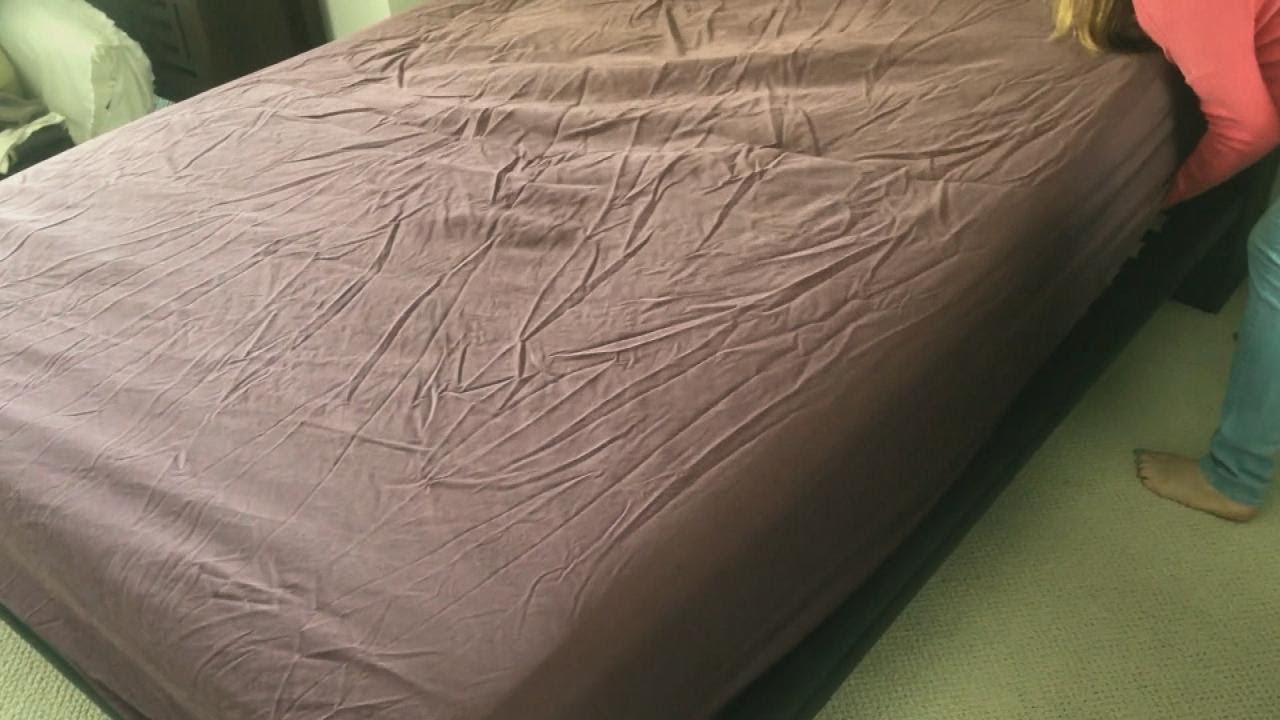

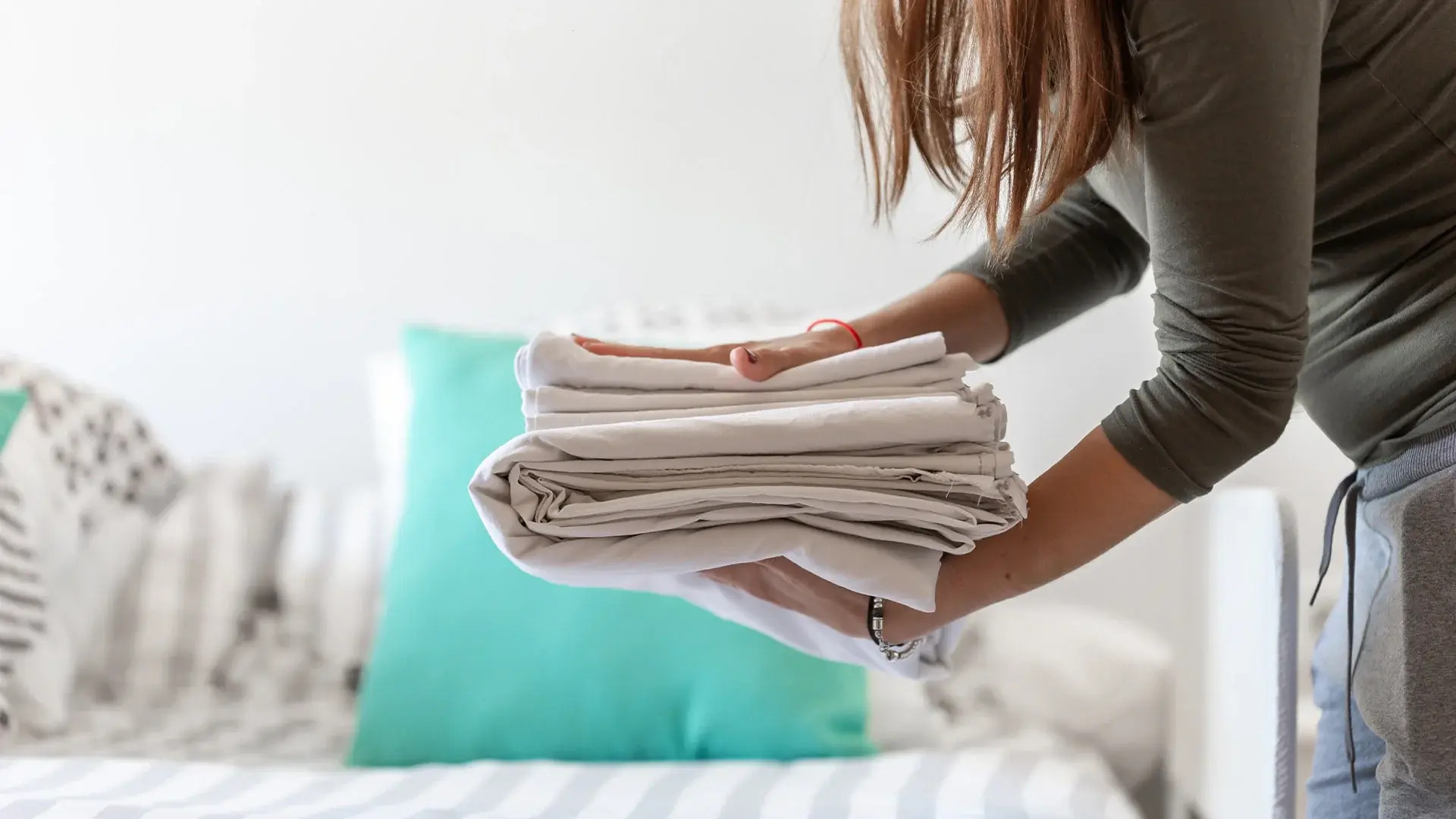
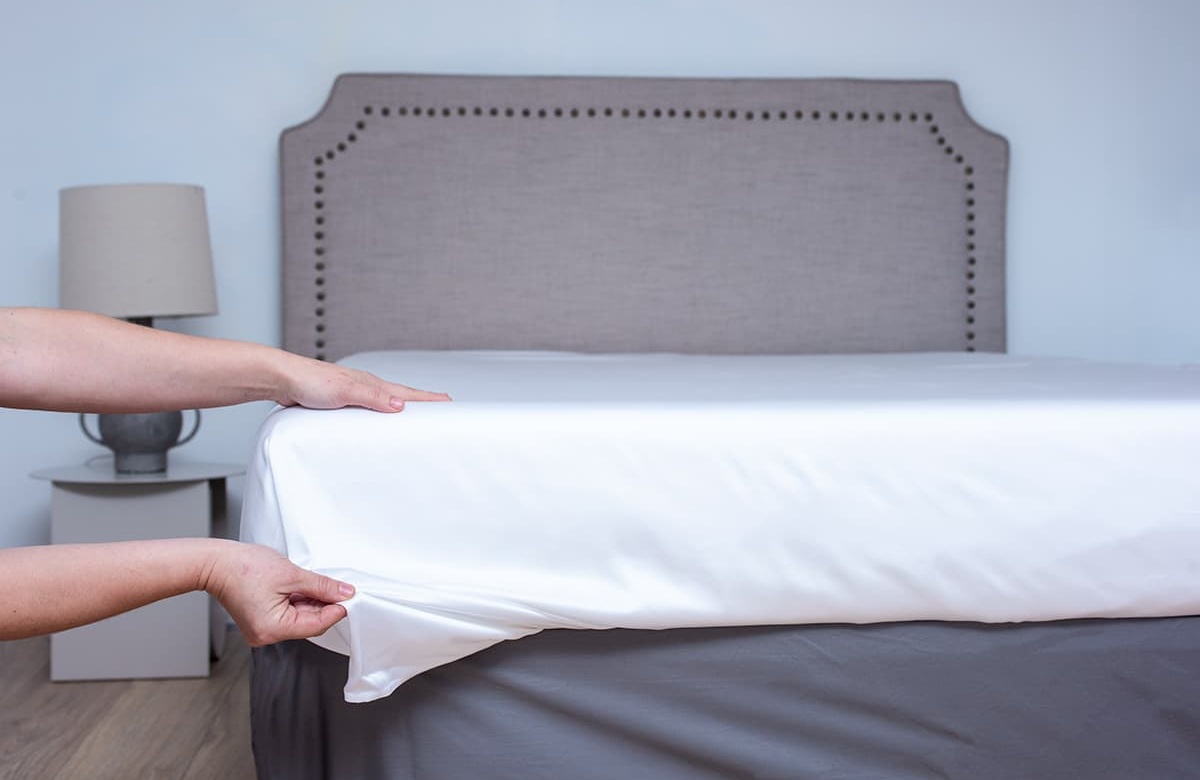

0 thoughts on “How To Use A Flat Sheet As A Fitted Sheet”